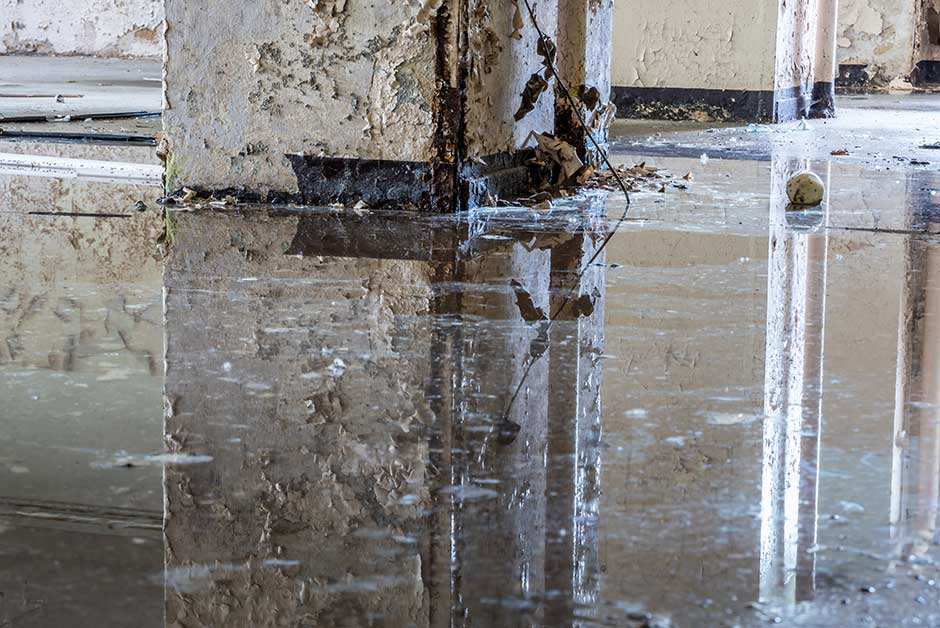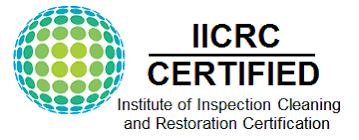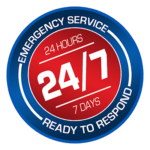Most homes in Toronto, Canada are always at a risk of floods. Whether it has happened in the past or not. Toronto experiences heavy rainfall and this is likely to cause water flooding. Our country is also cold and ice melting can also cause basement flooding.
As they say, prevention is better than cure. So, make sure you hire a proper basement flood repair company like Emergency 101. Luckily, we have prepared you steps you should take to help prevent floods. Whether it is flooding caused by ice melting or heavy rain, these tips will help.
#1: Close the Leaks
Ignoring leakages is one step of encouraging water flooding. The longer you ignore the higher the risk. No matter how small a leak is, you should always contact a specialist to help you seal them. Also, make sure to seal any cracks on your windows, floors, and foundations.
#2: Clean the Spouts
If the drainage is not working properly, the risk of flooding is higher. If the downspouts are covered with debris, your drainage won’t work so well. Where feasible, try to disconnect the downspouts from your sewer system.

Just ensure that it will not affect your other properties negatively. It should not create an area where water can pool. Ensure the disconnected downspouts are draining as they should. They should be drained at least two and a half meters from the foundation of your walls.
#3: Survey Your Building
You should make sure that the grading in your home doesn’t slope towards the foundation wall. Water should be drained away from home. Just ensure that it does not affect the neighboring properties negatively.
Also, it will be wise if you increase the amount of green in your compound. Plant some native plants around your home. These plants will be instrumental when it comes to absorbing water. They can absorb water both from rain and melted snow.
Repair and where the need is, replace the weeping tile system that may be damaged. Clear debris on the roadside that can help hold water in the compound. Dig some shallow ditches that can help clear away water in your compound.
#4: Check Your Plumbing
As the homeowner, you are responsible for plumbing. You can do it yourself but the safest move is always asking for help from a professional. Hire a plumber who will be conducting inspections in your house from time to time. This way, he will be notifying you of areas in the house that cannot withstand if there is heavy rain.
The plumber will also help you identify all the key features in your house. Some of the key features in your house include:

Sewer Service Pipe
This is a very instrumental part of your plumbing system. It connects the plumbing in the house to the street’s main sewer.
Storm Sewer Pipe
You need to understand how to maintain a sum pump when there is a power outage. Your hired plumber can help you with that. This way, even during power outages, the storm sewer pipe will be operational.
Weeping Tiles
The condition of your weeping tiles is crucial during heavy rains. In case you don’t know, a perforated pipe running around the foundation to collect groundwater is what is referred to as weeping tile.
#5: Ensure Your Plumbing System is maintained
Your plumbing and drainage system should always be in their best conditions. You also need to understand how they work as well as how to provide maintenance. Ensure all the cracks and bondages are fixed.
Don’t flush things that may cause clogs. Things like condoms, tampons, and wipes are not flushable. Such things should be disposed of in the home dustbin. Make sure you don’t pour any kind of fats or oil in your drain. They should be disposed of in the bin together with something that can absorb them.
Ask your plumber to install a sum pump and a backwater valve. Then ensure to take proper care of the same. Have a backup power source in case of a power outage to power the sum pump.


